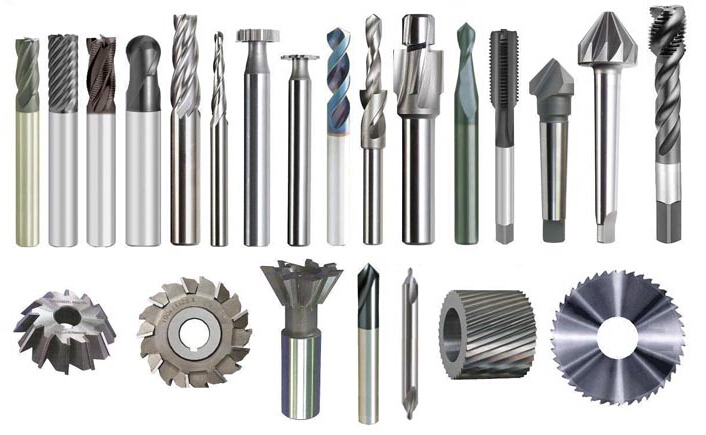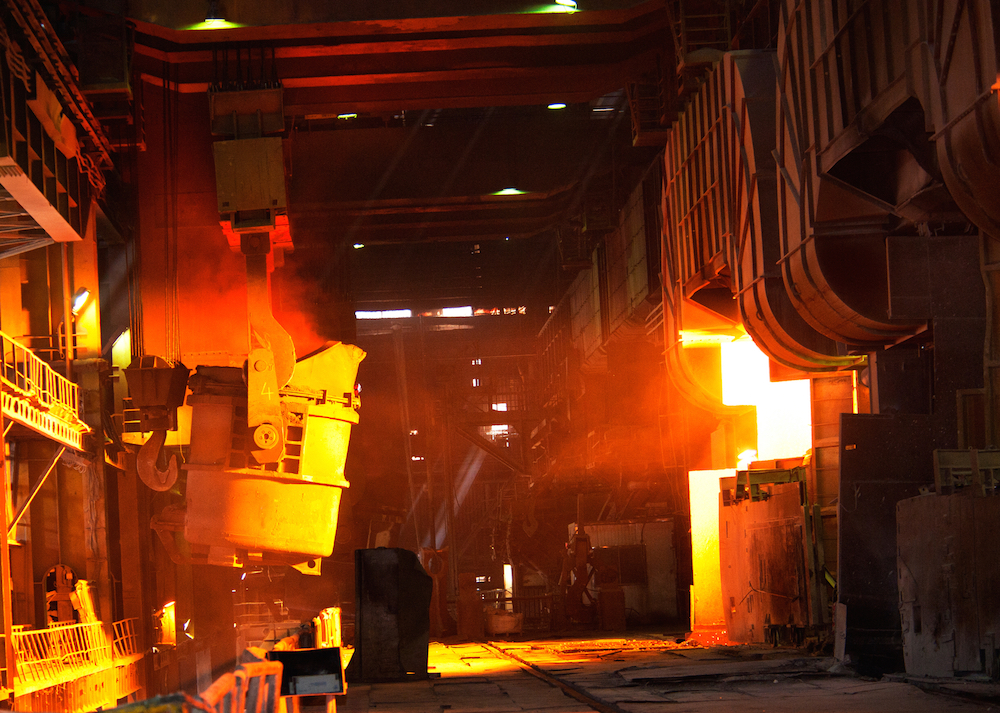What is tool steel?
Define
Tool steel is the steel be used to manufacture cutting tools, measuring tools, mould and anti-friction Tool.
Property
Tool steel with high hardness and under high temperature to keep high hardness and red hardness, and high wear resistance and appropriate toughness.
variety
Tool steel is generally divided into carbon tool steel, alloy tool steel and high-speed tool steel.
① Carbon tool steel
Steel of Carbon content between 0.65% to 1.35%, Non alloy steel.
According to Micro-structure distinguish, the carbon tool is belong to high carbon eutectoid, hypoeutectoid, second eutectoid steel.
After heat treatment, the surface of carbon tool steel can get higher hardness and wear resistance, and the core of the tool has good toughness, and the annealing hardness is lower (less than HB207), and the processing performance is good. But its red hardness difference, when the working temperature of 250 degrees, the hardness and wear resistance of the steel decreased sharply, the hardness decreased to HRC60, this kind of steel is low. The larger tool can not be quenched (the diameter of the water is 15mm), the surface hardened layer and the central part of the hardness vary widely. Make the tool easy to produce deformation during quenching. In addition, the quenching temperature range is narrow and the temperature should be strictly controlled during quenching. To prevent overheating, decarburization and deformation.
Carbon tool steel typical steel grade as below:
| ASTM | JIS | GB | DIN| W-Nr | NF |
| W1-A | SK1 | T7 | 1.1620 | C70E2U |
| W1-C | SK2 | T8 | 1.1625 | C80E2U |
| W2-A | SK3 | T9 | 1.1830 | C90E2U |
| W2-C | SK4 | T10 | 1.1546 | C105E2U |
| W5 | SK5 | T11 | 1.1645 | C120E3U |
| SK6 | T12 | 1.1663 | C140E3U | |
| SK7 | T13 | 1.1520 | C105E2U | |
| 1.1545 | ||||
| 1.1560 |
②Alloy tool steel
Alloy tool steel is a special quality Medium carbon or High carbon alloy steel( Carbon content >0.25%). Alloy tool steel’s Quenching, quenching, wear resistance and toughness all higher than carbon tool steel.
According to the purpose can be roughly divided into cutting steel, mold steel and measuring tool steel 3 classes.
High carbon content of steel (carbon mass fraction is more than 0.80%) used in the manufacture of cutting tool and measuring tool and cold work mould, this kind of steel after quenching hardness above HRc 60, and have enough resistance to wear; Medium carbon content of steel (carbon mass fraction 0.35% ~ 0.70%) used in the manufacture of hot-work die more, this kind of steel after quenching hardness is a bit low, to HRC50 ~ 55, but toughness is good.
Alloy tool steel typical steel grade as below:
| ASTM | JIS | GB | DIN| W-Nr | NF |
| L3 | SKS2 | Cr2 | 90CrSi5 | 130Cr3 |
| L6 | SKS4 | Cr8 | 1.175 | Y100Cr6 |
| F1 | SKS5 | Cr12 | 100Cr6 | X200Cr12 |
| S1 | SKD1 | Cr12Mov | 90Cr3 | X160CrMoV12 |
| S7 | SKD4 | Cr12Mo1V1 | 1.2414 | X100CrMoV5 |
| H11 | SKD6 | CrWMn | 1.208 | 105WCr5 |
| H13 | SKD8 | 9CrWMn | 1.2083 | 90MnWCrV5 |
| H21 | SKD10 | 5CrNiMo | 1.2311 | 55NiCrMoV7 |
| A2 | SKD11 | 3Cr2Mo8V | 1.2312 | X30WCrV9 |
| A3 | SKD12 | 4Cr5MoSiV1 | 1.2343 | X38CrMoV5 |
| A7 | SKD61 | 4Cr5MoSiV | 1.2344 | X40CrMoV5 |
| A8 | SKT4 | 3Cr2Mo | 1.2713 | |
| D2 | 1.2714 | |||
| D3 | 1.2581 | |||
| D5 | 1.2379 | |||
| D6 | 1.2542 | |||
| O1 | 1.2365 | |||
| O2 | ||||
| O7 | ||||
| P20 | ||||
| P21 |
③High speed steel
High-speed steel (HSS or HS) is a high carbon and high alloy tool steels, commonly used in tool bits and cutting tools.
It is often used in power-saw blades and drill bits.
It is superior to the older high-carbon steel tools used extensively through the 1940s in that it can withstand higher temperatures without losing its temper (hardness). This property allows HSS to cut faster than high carbon steel, hence the name high-speed steel. At room temperature, in their generally recommended heat treatment, HSS grades generally display high hardness (above HRC60) and abrasion resistance (generally linked to tungsten andvanadium content often used in HSS) compared with common carbon and tool steels.
High Speed steel typical steel grade as below:
| ASTM | JIS | GB | DIN| W-Nr | NF |
| T1 | SKH2 | W18Cr4V | 1.3355 | HS18-0-1 |
| T4 | SKH3 | W18Cr4VCo5 | 1.3255 | HS18-1-1-5 |
| T5 | SKH4 | W18Cr4V2Co8 | 1.3202 | HS18-02-9 |
| T15 | SKH10 | W12Cr4V5Co5 | 1.3343 | HS112-1-5-5 |
| M2 | SKH9 | W6Mo5Cr4V2 | 1.3342 | HS6-5-5HC |
| M3 | SKH52 | W6Mo5Cr4V3 | 1.3344 | HS6-5-3 |
| M7 | SKH51 | W2Mo9Cr4V2 | 1.3348 | HS2-9-3 |
| M35 | SKH53 | CW6Mo5Cr4V2 | 1.3246 | HS2-9-1-8 |
| M42 | SKH59 | W2Mo9Cr4VCo8 | 1.3207 | HS10-4-3-10 |
| 1.3249 | HS7-4-2-5 |
Any steel problems and inquiry, pls feel free contact our sale team.
Email: jack@otaisteel.com
Tel: 0086-769-88705839
Fax:0086-769-88705839
